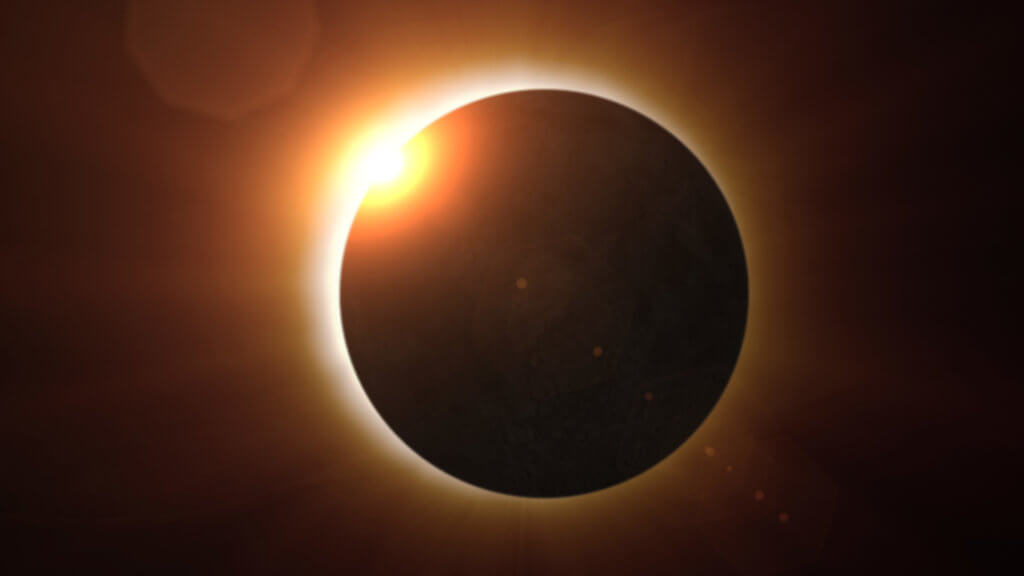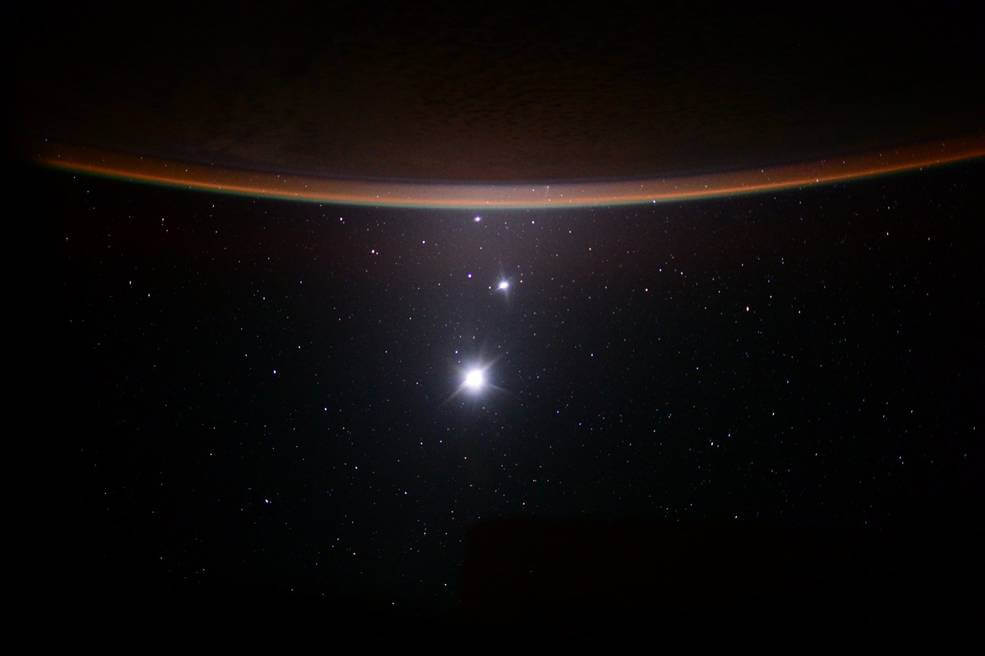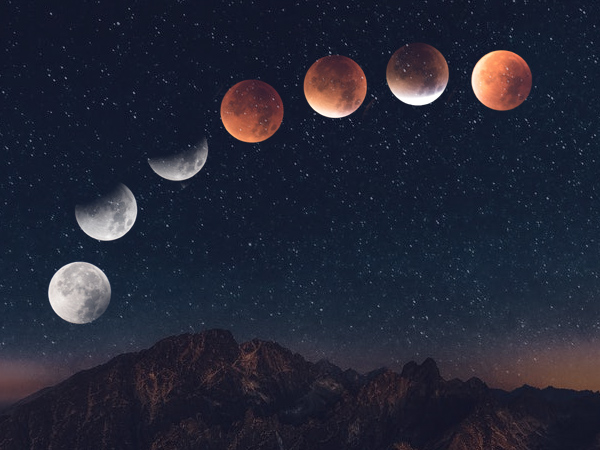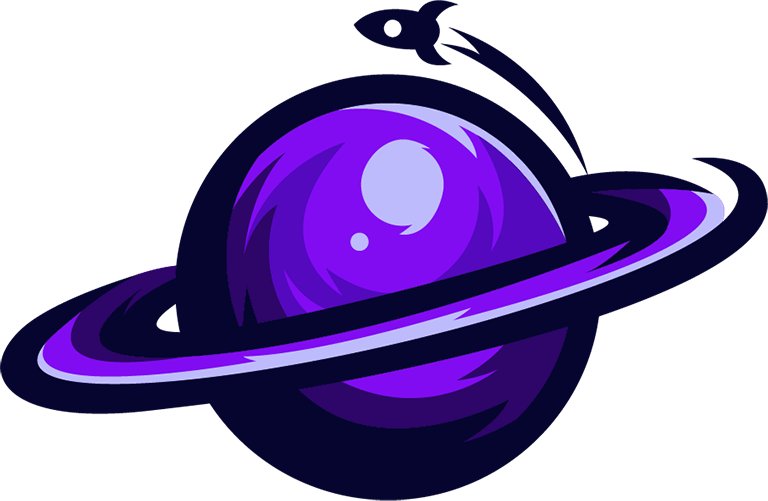10 Astronomical Events That Will Happen In Your Lifetime!
Sky’s the show: 10 stellar spectacles to see
Video of the day September 30th 2019
10. Halley’s Comet
One of the curious things about the universe is the fact that sometimes objects love to be seen, and seen quite frequently. Others though are more on the long-range side and are only see around once in a lifetime. And that’s true for Halley’s Comet.
Why do I say “around once in a lifetime”? Well that’s because Halley’s Comet is known as a “short period comet”, as it circles the confines of space, and then arrives back at Earth every 75-76 years. So if you’re lucky, you could see it twice in a lifetime. This feature of the comet has actually made it one of the most popular things in the universe, as you can literally see it in the sky above without much issue, especially in places like the countryside or areas without light pollution.
If you’re curious about when it’ll show up at Earth next time, you do have a bit of a wait. The last time it appeared around Earth was 1986, which means that it’s estimated to return to Earth around 2061. The fascinating bit about this though is that Halley’s Comet has been documented in historical texts from as far back as 240 BC. And multiple nations, including the Chinese, Babylonians, and even Medieval Europeans took note of the comet from where they were. Which makes it not just a cool object, but one that has been noted in the annals of history.
But it was only in 1705, when English Astronomer Edmond Halley noted its periodic nature that the comet was truly “noted” by science. And thus why it’s called “Halley’s Comet”.
The comets fame is known worldwide, and while it’s still another four plus decades from “meeting” the Earth again, if you’re around at that time, you’ll be in for a very special thing.
9. Asteroid Flying By Earth
While it’s true that space is a place that is full of awe and wonder, many know that it’s also a place full of dangers. And one of the biggest dangers out there is the threat of asteroids. Despite what sci-fi films tell you, if an asteroid big enough to destroy the Earth heads directly for us, we honestly don’t have much that could stop it. What’s even more scary though is that there have been many cases throughout history where asteroids have had “fly bys” with Earth. Meaning that they fly right past us or get REALLY close to us. And another one of those fly bys is coming soon.
In less than a decade, on April 13th, 2029, one such fly by will happen. The asteroid itself was discovered all the way back in 2004, and it was named 999 apophis. When it arrives near Earth on 2029, it’ll literally fly between the Earth and the moon. What’s more, when it was projected flight path wise in 2004, it was deemed that there was a possibility that it could hit Earth. And given its size, it would’ve had quite an impact.
However, further study rendered that theory false. Though not by the margin you might think. The margin it’s going to miss Earth is only about 31,000 kilometers give or take. Which is a significant distance, but not one that is so far out of reach that we wouldn’t be scared by it. There are actually satellites out in orbit around the Earth that are farther out than this asteroid will be when it arrives. Still, at present, we don’t have any danger of this asteroid hitting the Earth. And given the size of 999 apophis, scientists are going to be eagerly studying the rock so that they can learn more about asteroids of this size.
8. Solar Eclipse
Technically speaking, a solar eclipse is not a “rare” phenomenon. The key factor that you have to take note of is where you live in the world. Because depending on where you are, solar eclipses can happen as frequently as every year or so. But in terms of Earth-wide solar eclipses where the sun and moon crossover in the same spot, those are a little more sporadic.
In August 2nd, 2027, certain parts of the world (mainly those close to the Prime Meridian) will be able to witness not just a solar eclipse, but one that will last for over 6 minutes. Which will make this particular eclipse the second longest one of the entire century. While six minutes of light may not seem like a lot in the grand scheme of time, you need to remember that this is an event where the sun is blocked by the moon almost entirely. Meaning that the light that hits the Earth is blocked by the moon itself. So for that to happen for six minutes or longer is actually a pretty substantial astrological occurrence. And one that will no doubt be witnessed by many people who want to see this long event.

Now, as mentioned, there are some areas that will be able to witness the eclipse much better than others. That’s because when it comes to events like this, the path of the sun, moon, and Earth are all paramount in witnessing something like and eclipse. Britain via Gibraltar, parts of North and Southern Africa for example will be the best witnesses to the event.
But don’t feel bad if you’re not along that path, smaller eclipses will happen in your lifetime if you’re in the right spot.
7. Supernova
When it comes to the stars that light up the sky, they all have different phases of life. And when it comes to the state known as a Supernova, that means that they get much, MUCH brighter in a very short period of time. That’s because they’re dying, and they emit a massive amount of mass and energy that is seen as light just before they die out. By that token, when this event happens, it has the ability to be so bright that it can outshine just about anything else in the regions of space. As for how often this happens, it’s rare, mainly because stars can last millions if not billions of years depending on circumstances and makeup. But about twice every century, a supernova happens. Which means…
…you might just be able to see one soon! And possibly sooner than you think. After all, the last supernova occurred in 1987, and that thing went on for MONTHS before the light burned out. So since that happened over 30 years ago, we’re right on track to see on sometime. In 2013, scientists mapped out that we could see one within the next 50 years.
What’s more, they stated that while most would have to use a telescope to find and see it, there is a chance (about 20%) that you can see this supernova with your own eyes in the night sky.
6. Venus Passing By Jupiter
The nine (I’m counting Pluto, sue me!) planets of our solar system are all very unique compared to one another. And one of the reasons for this is that their orbits around the sun are all different. No two planets orbit the sun the same way in one form or another. Part of this is because of distance, and the other is because of the makeup of the planet having a different effect when the suns gravity pulls it. Anyway, this leads to some very interesting events over time. Including Venus actually passing in front of Jupiter. Obviously, this doesn’t happen that often, the last time was in 1818. But the next one isn’t too far away.
…you know, if you count 2065 as “not too far away”. This event will happen on November 22nd of 2065, and unlike the last convergence of these planets, it’ll be visible to more people because we know what to look for. That being said, it won’t be visible to the naked eye, mainly because it’s going to converge in the daytime near the sun. So you’ll need a telescope in order to see it. Still this is a rare event, and one worth checking out.

5. Leonid Meteor Shower
While it’s true that Earth is in danger from falling rocks in space, often times they burn up in the atmosphere before they ever really hit Earth. And when enough of this happens at one time, we get the beautiful event known as a meteor shower. But what’s special about the Leonid Meteor Shower is that this one is a recurring event thanks to a meteor called Temple Tuttle that passes by the Earth ever 33 years or so. So it’s a lot like Halley’s Comet. However, unlike Halley, this comet passes so close to the Earth’s atmosphere that parts of it break off, and thus shower down on the Earth itself, creating a very beautiful effect.
The shower itself can even have about 100,000 meteorites raining down every hour. Though it also can just do about 10-15 per hour, which is also quite a sight I grant you.
Thankfully for you dear viewer, in 2031, the next Leonid Meteor Shower is “scheduled” and it’s said to be another “major” one that can produced the massive amount of fragments that rain down from above.
4. Planetary Alignment
Remember what I said about planets and their orbits? Well, another byproduct of those unique orbits is that they’re rarely, if ever, aligned perfectly. You know, as in you can make a straight line from Mercury to Pluto (it’s a planet!!)? Yeah, that rarely happens, but it does happen occasionally, and it’s going to happen again soon. Or at least…in part.
Scientists estimate that in 2040, there will be an alignment of many of the major planets, including Mars, Jupiter, Saturn, Mercury and even our moon. So while it won’t be a full planetary alignment (that one actually happens in the 25 century), it’s still going to be a pretty epic and rare event. One that you’ll definitely be able to see.
Of course, if you can find a way to live until the 25th century and see the full alignment, power to you.
3. Supermoon
The moon plays a very big part of life on Earth, even if you don’t realize it. It helps light up our skies, has a gravity that affects the oceans, and more. But what sometimes is forgotten is that there are times when the orbit of the moon gets really, REALLY close to the Earth. This event is known as a Supermoon. And if that sounds familiar to you, that would be because one such astronomical event happened in 2016. It was captured in many places, including the TV show Deadliest catch.
The Supermoon itself appeared 14% bigger in the night sky because of how close it was to the Earth at the time. And on December 6th, 2052, an even BIGGER Supermoon is coming. It’ll only be about 140,000 kilometers from the Earth, which is the closest it’ll have been to our planet in a very long time.
But if you’re worried about what that might mean for the planet, fear not, because aside from shaking up the oceans a little bit (as witnessed on Deadliest Catch), it doesn’t have an effect of note on anything else. And for that, we honestly should be grateful.

2. Transit Of Earth From Mars
December 10th 2084 may seem like a long time away (and honestly, it actually is), but it’s a date that places like NASA and Space X have marked on their calendars right now. Because this could be one of the most historical astronomical events in history…just not in the way you think. The phrase “Transit of Earth From Mars” means that if you were on Mars, you would see the Earth pass in front of the sun and slightly obscure it. This has happened in the past due to orbits, but it’s never been witnessed on Mars for obvious reasons.
However, the plan for humanity is to eventually colonize Mars, some are even saying that the first colony attempts will happen in the next 5 years, if not the next decade. So, by the time we reach 2084, it’s possible we could have living breathing cities or metropolises on Mars that can fully see the event.
Which would thus make it a very historical astronomical event. Granted, we are getting a little ahead of ourselves, but a date less than 65 years away is a lot more feasible colonization wise than something that might’ve happened say ten years from now. Why not dream?
1. The Destruction Of The Earth
Ok, not really, and obviously to “witness” that is a bit of a misnomer, however, there are scientists out there that believe the rock known as Asteroid 2012 TC4 will not only pass by the planet in 2050 in a “close call” in terms of fly by, but also that by 2079, a mere 60 years away, that it could actually collide with the planet. Causing lots of destruction as this asteroid is the size of a large house.
Right now, the odds of hitting the planet in 2079 are a mere 1-in-750. For the record, that’s really low odds and not in the good way. But, the benefit is that if it does hit the planet, it won’t destroy the Earth. It could cause some serious impact though depending on where it lands.
subscribe to the insane curiosity channel

Subscribe For the Latest news & Updates
Subscribe For the Latest news & Updates
Get in touch with the Insane Curiosity Channel. Once in while you will receive emails about news, promos, and much more. Stay Tuned!
Insane Curiosity
Science made easy
Who we are
Insane Curiosity is a channel of astronomy, physics and future technology, which easily explain science. We need science and science need us!
